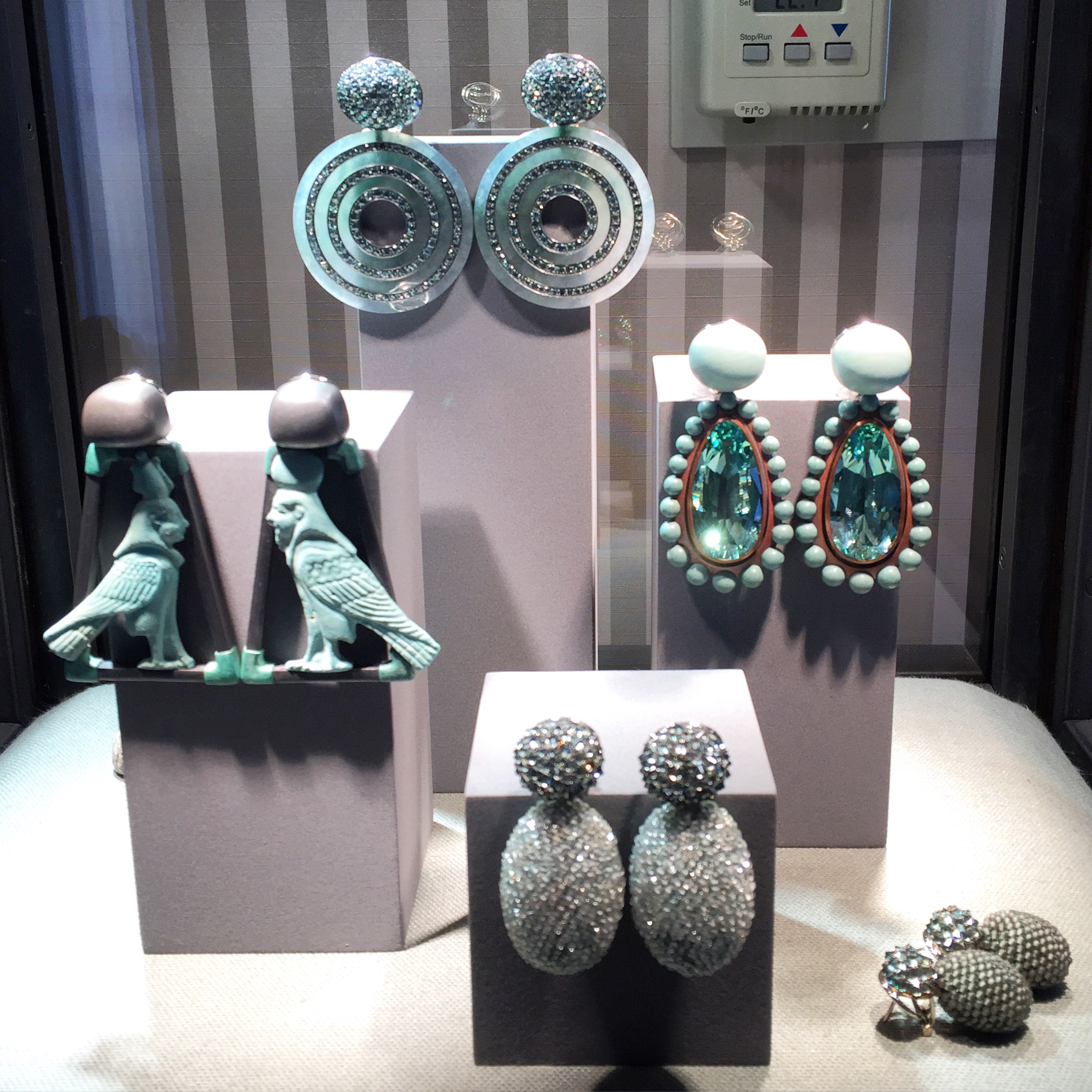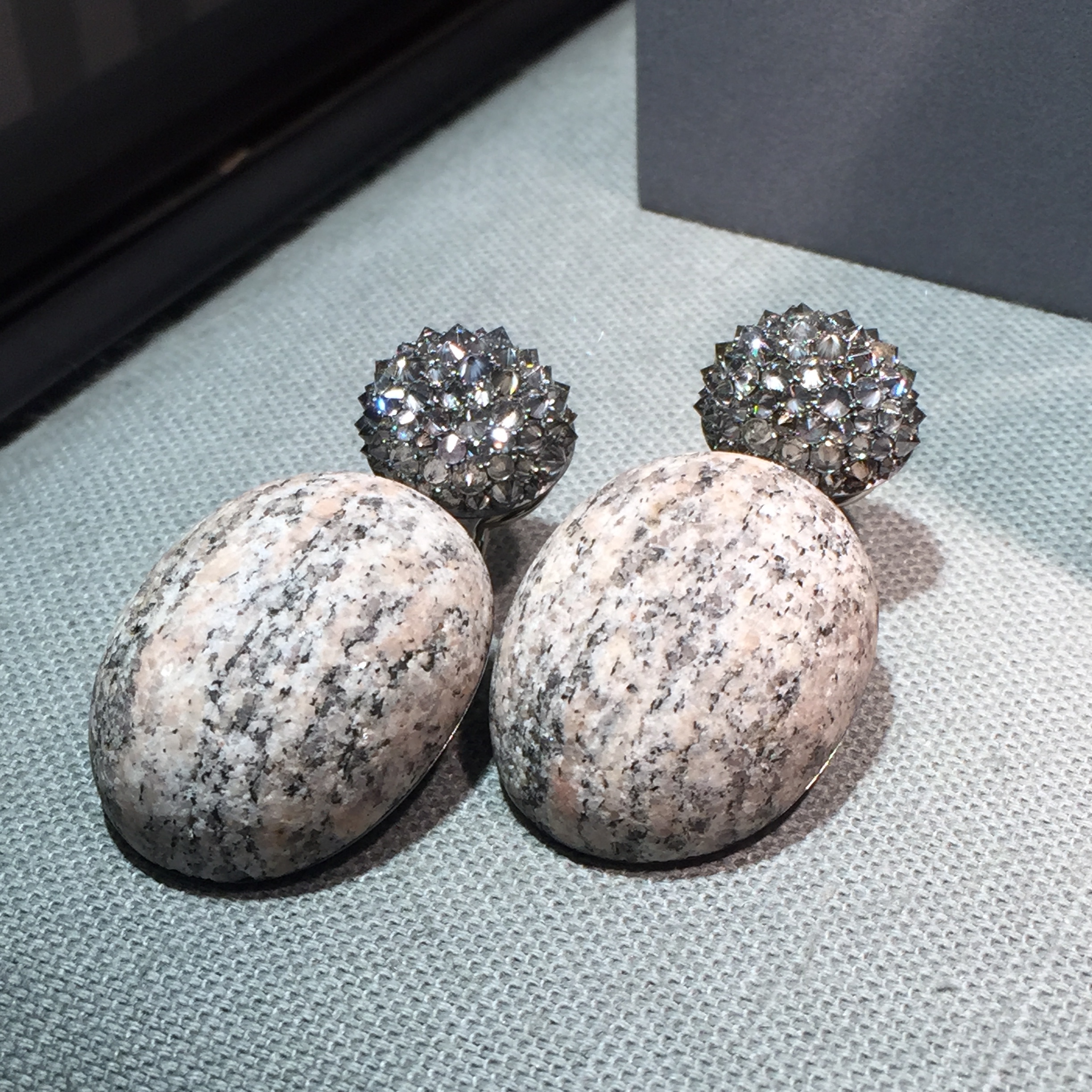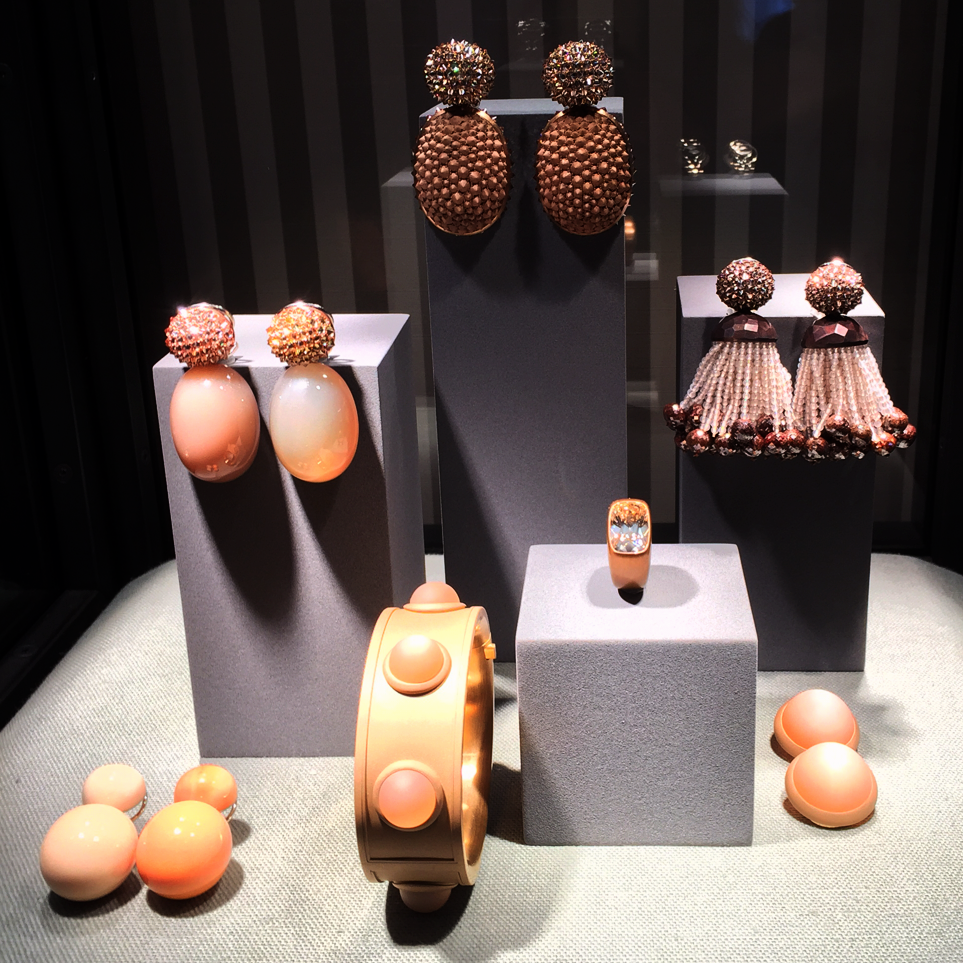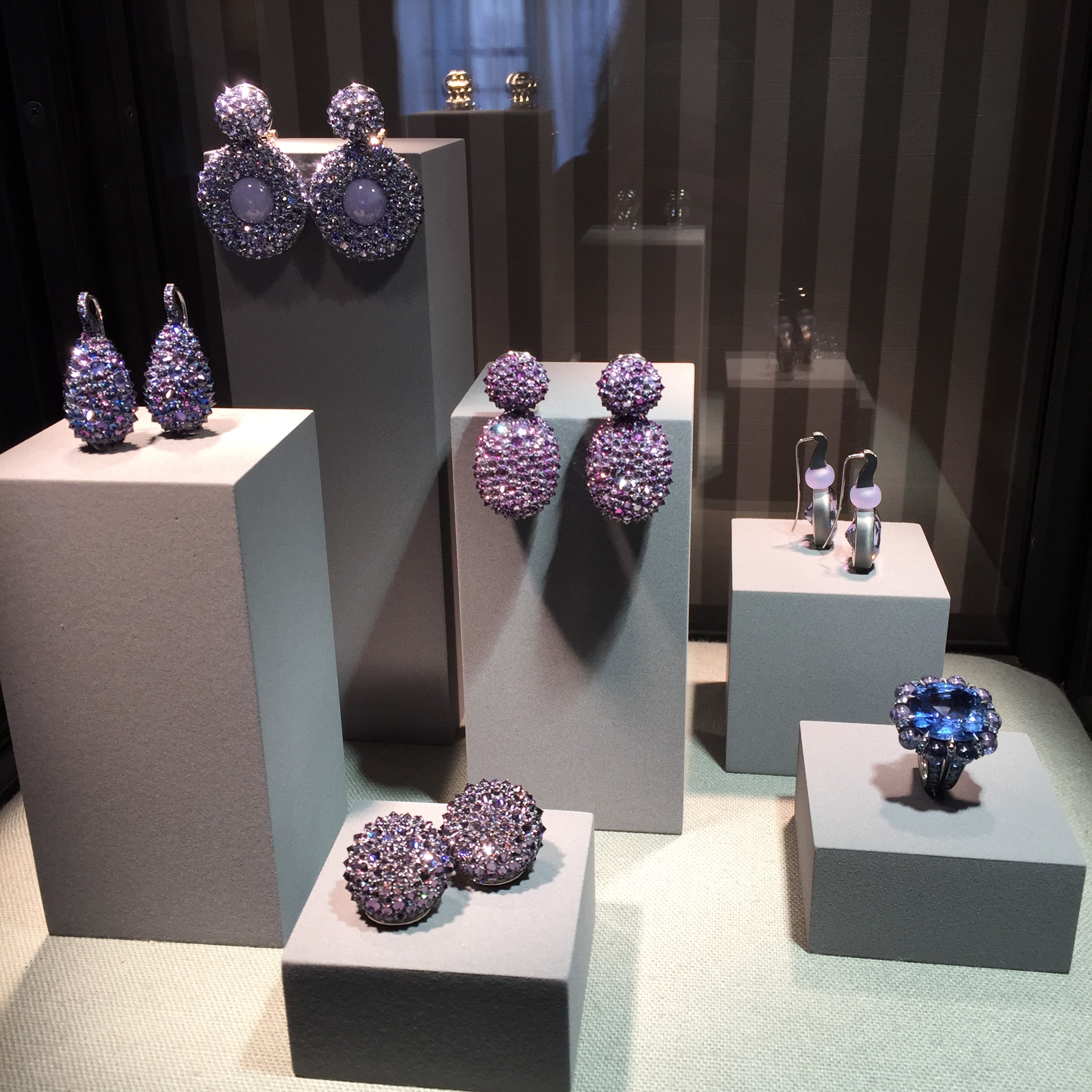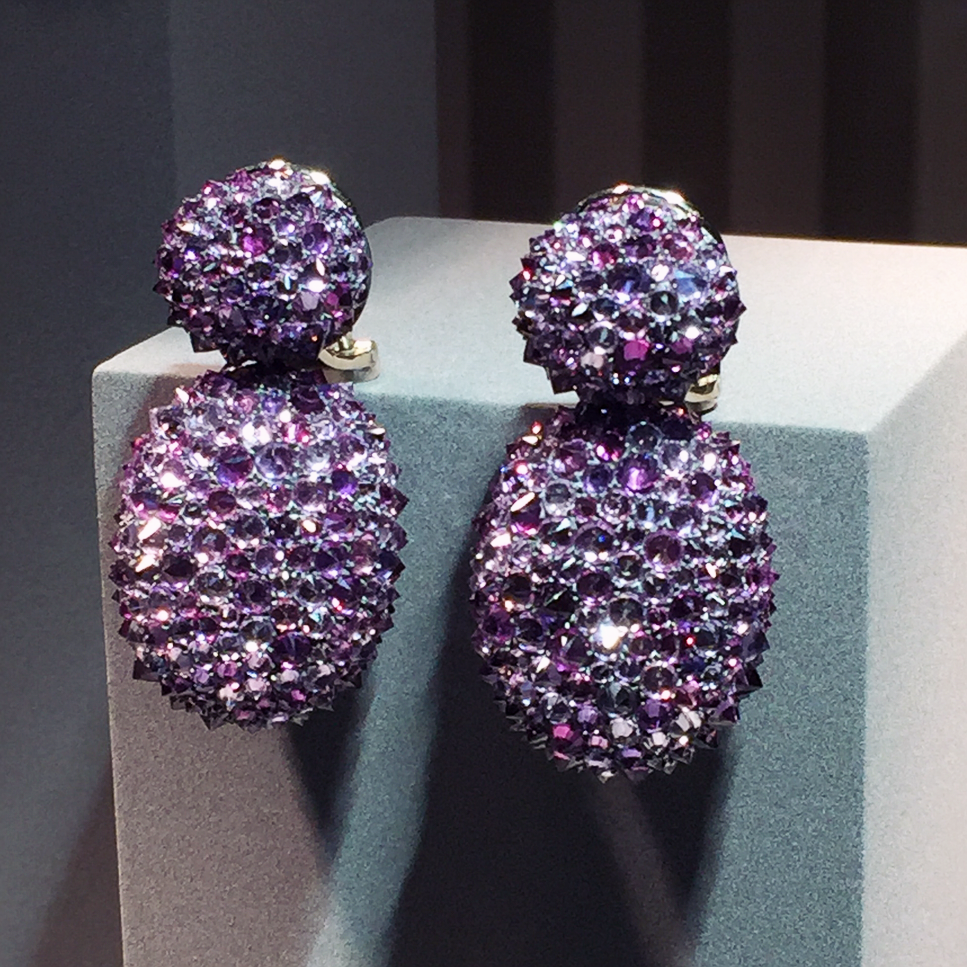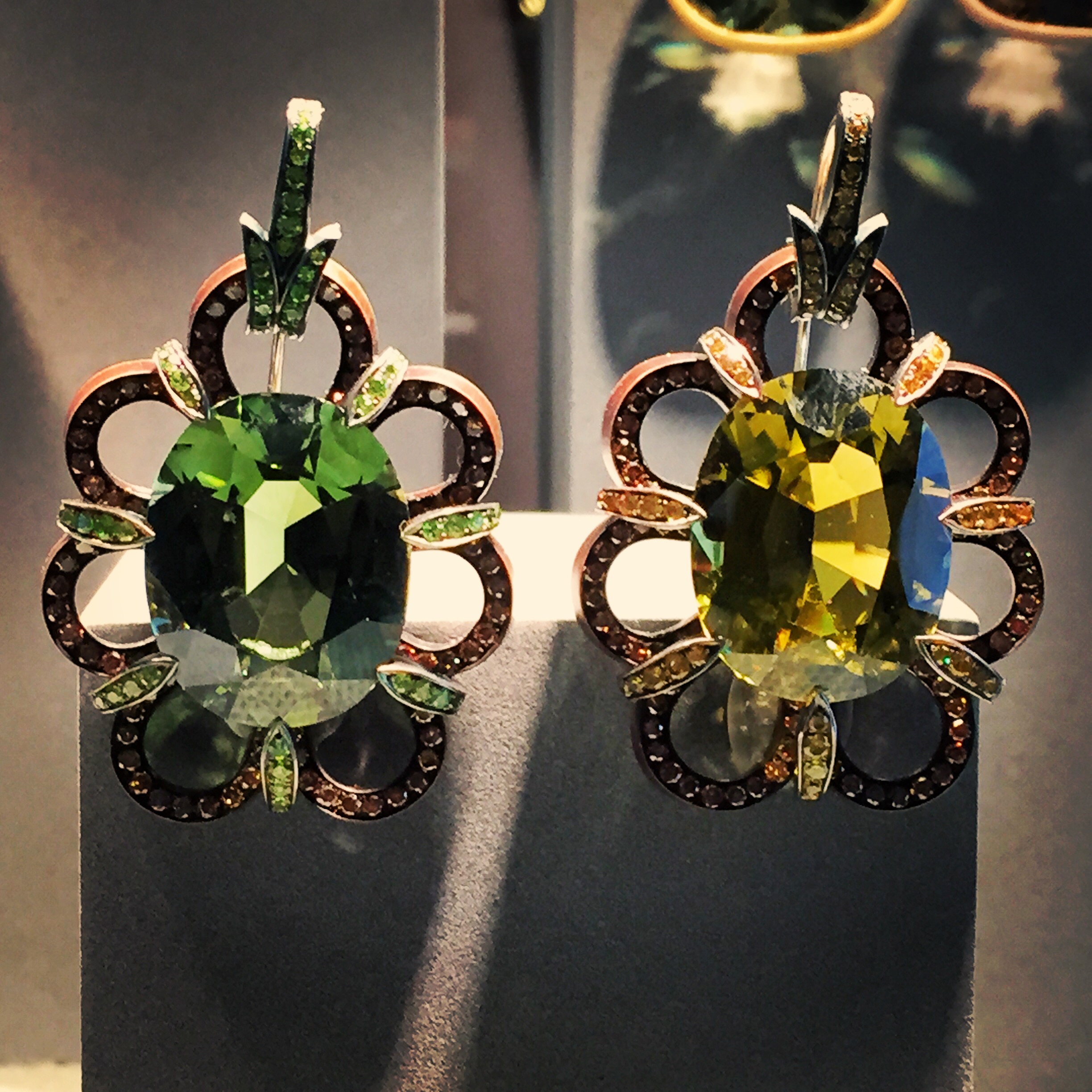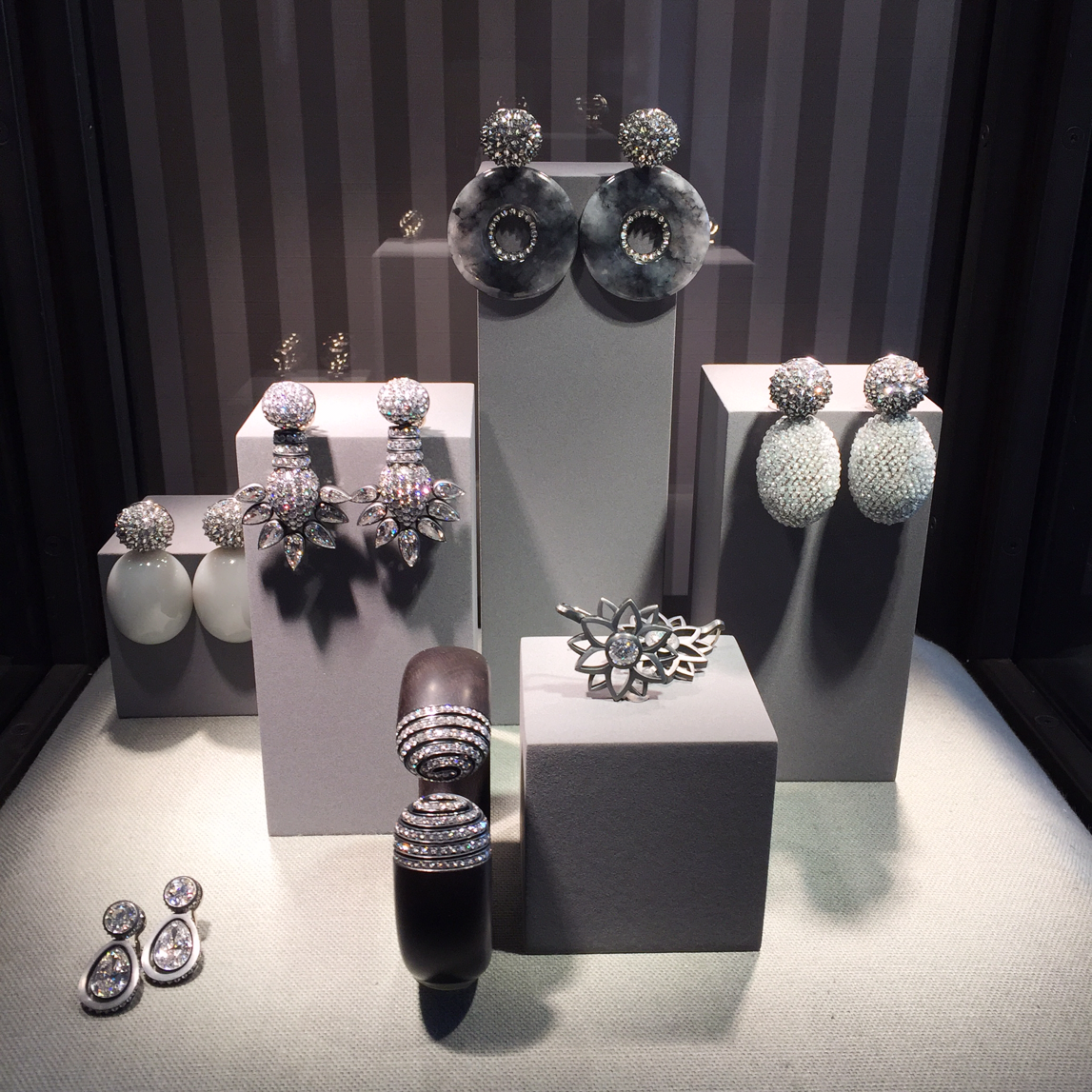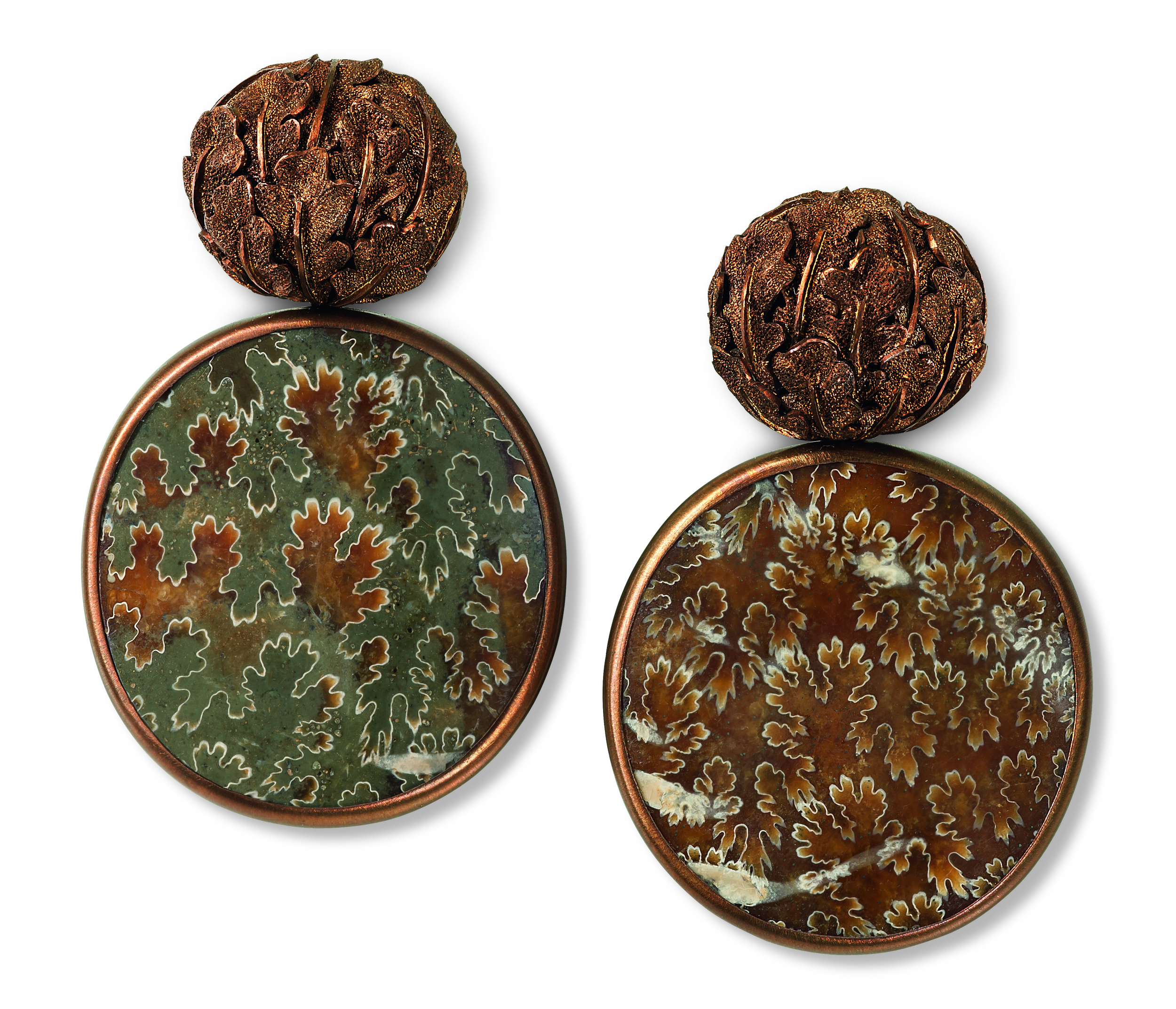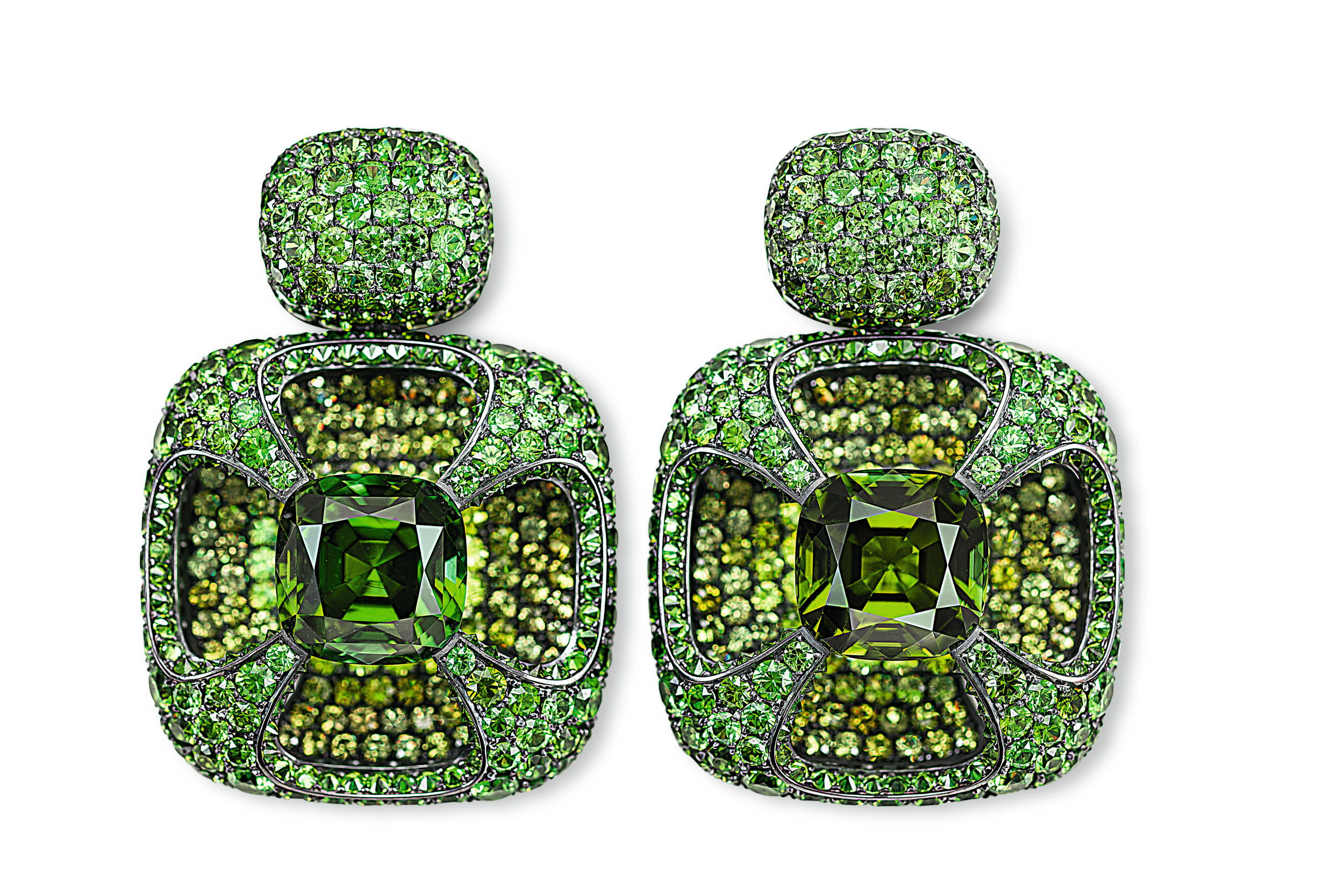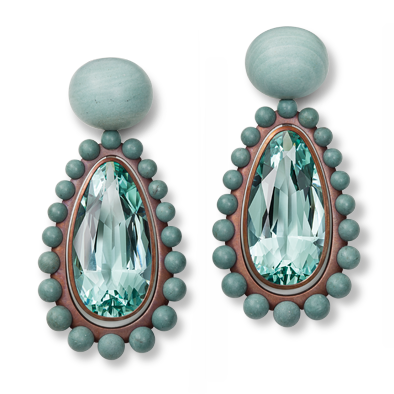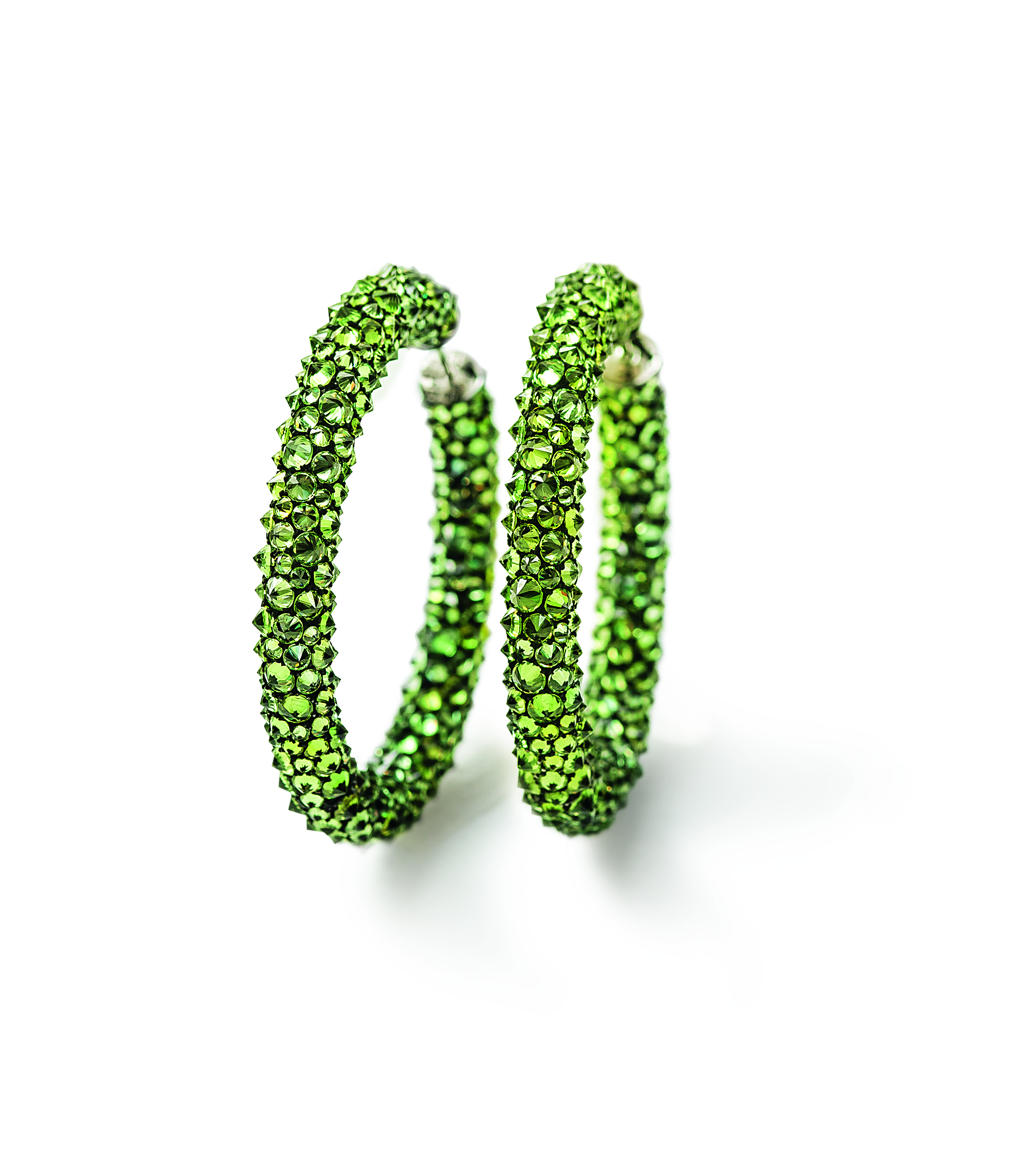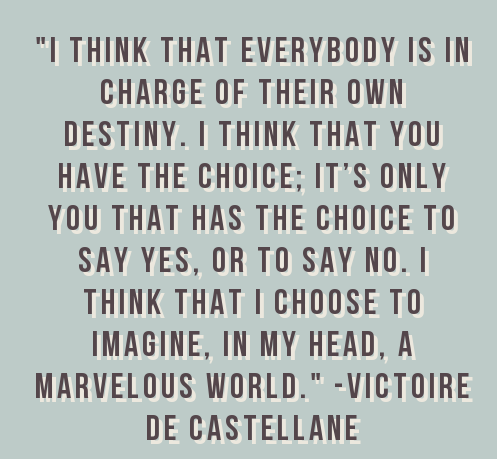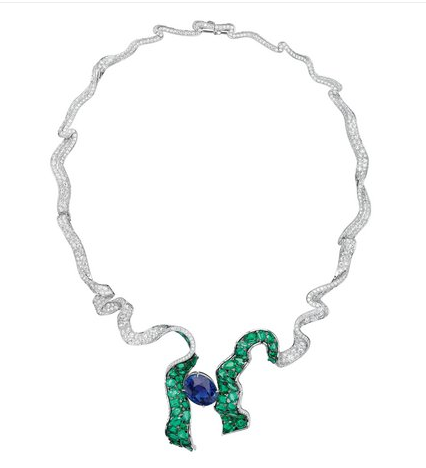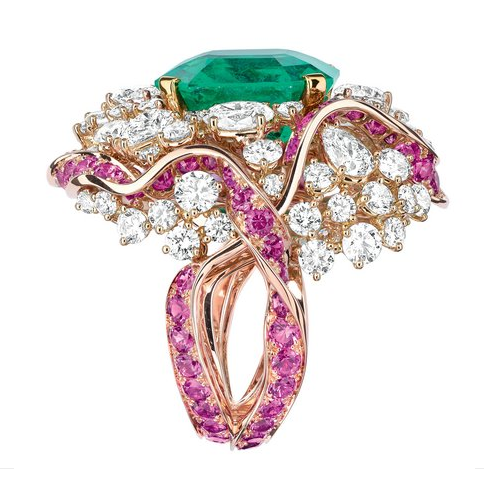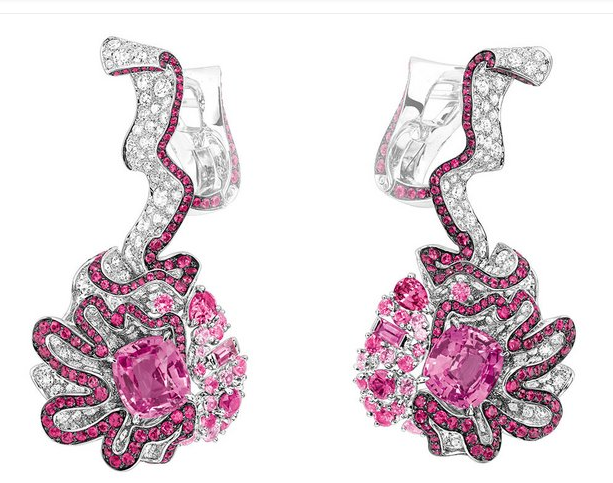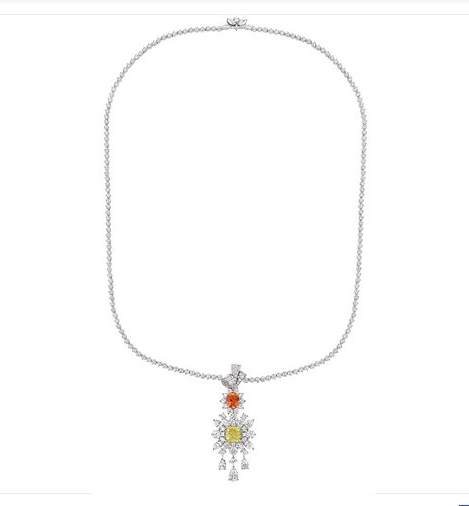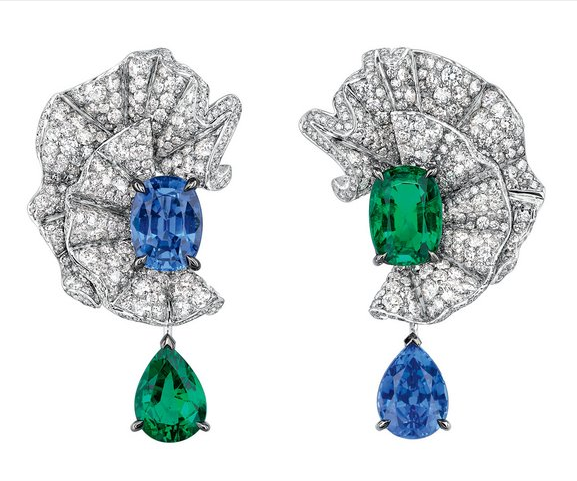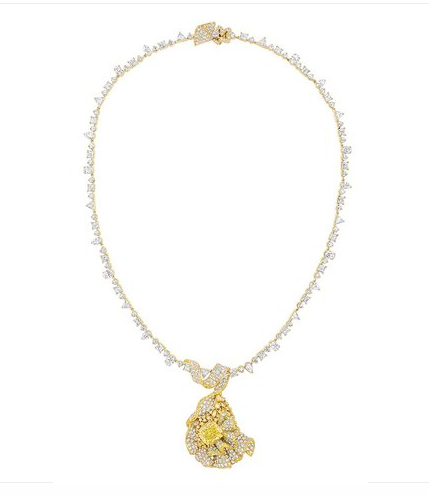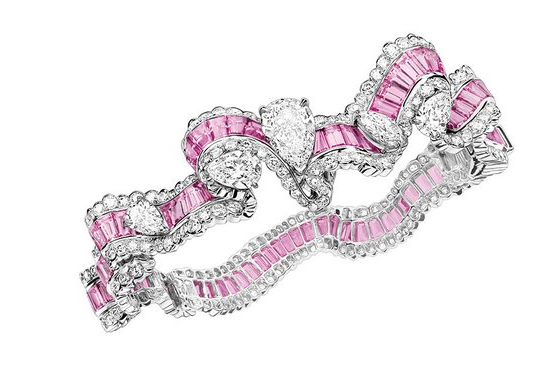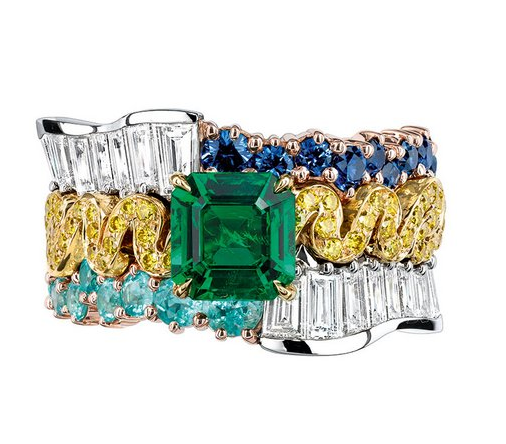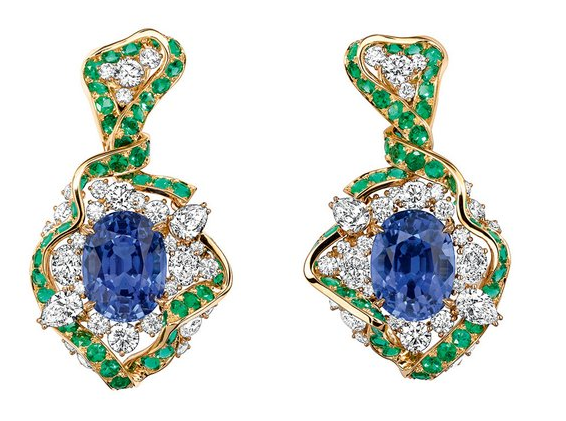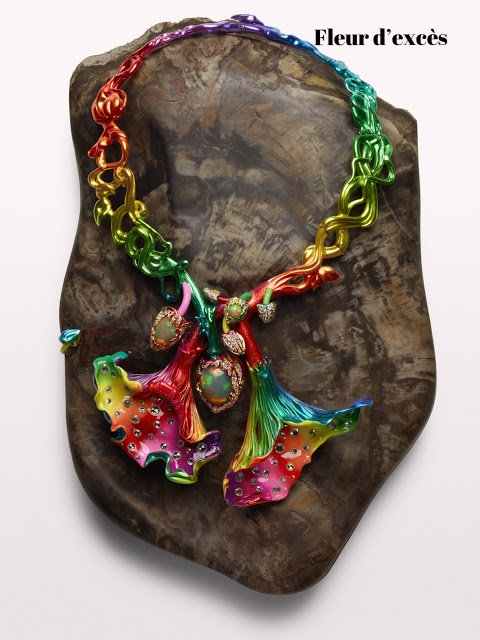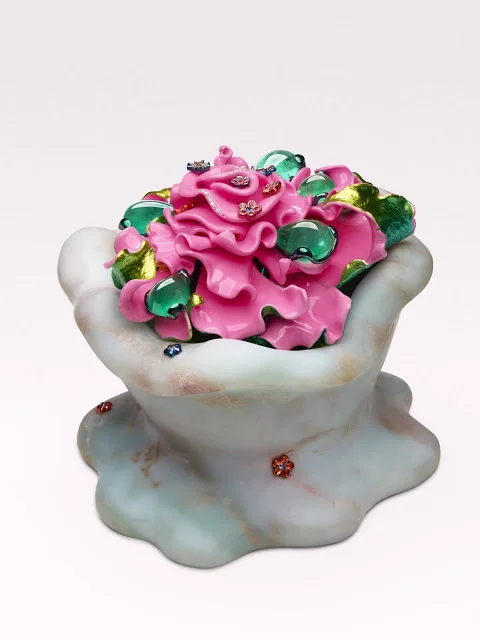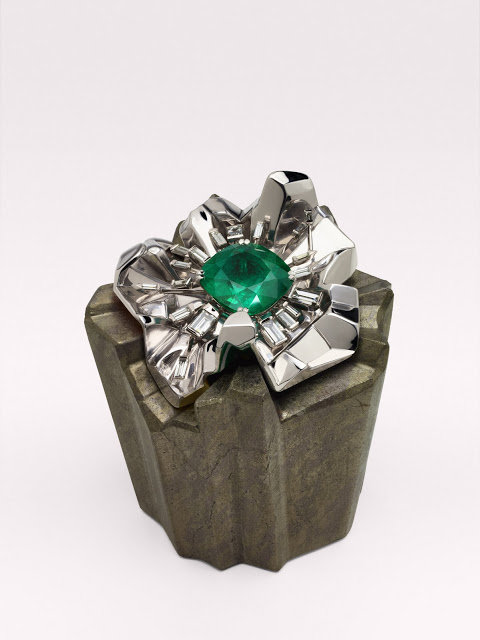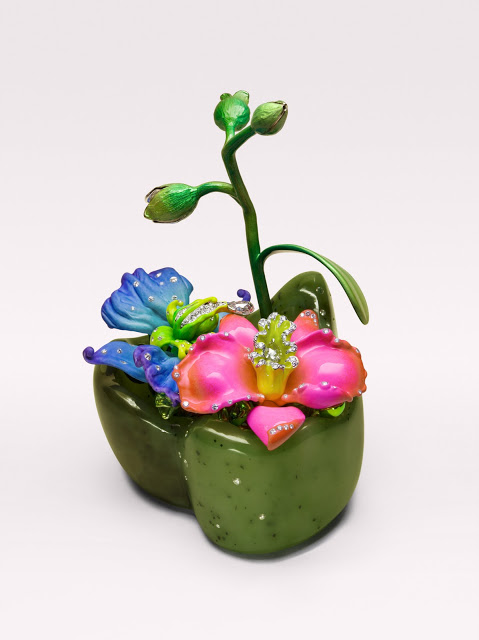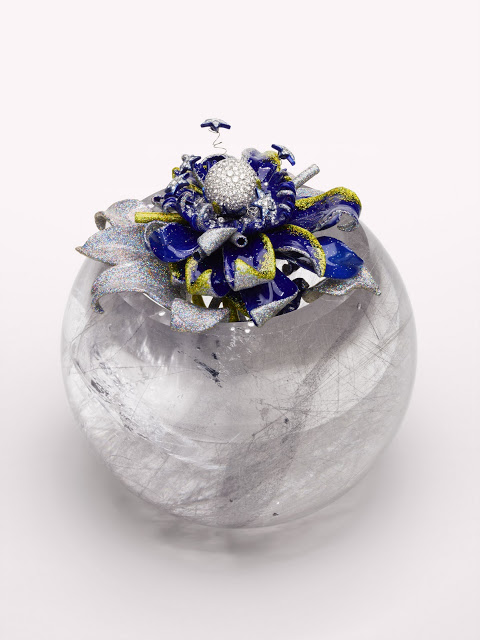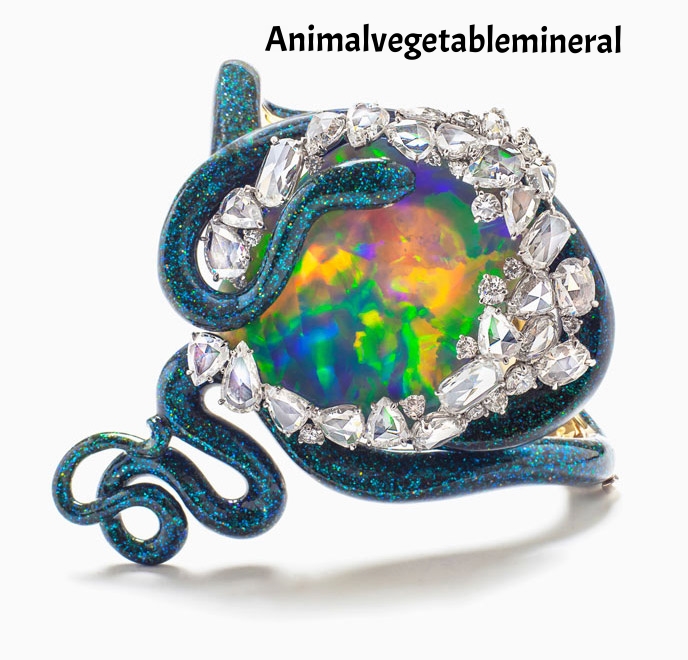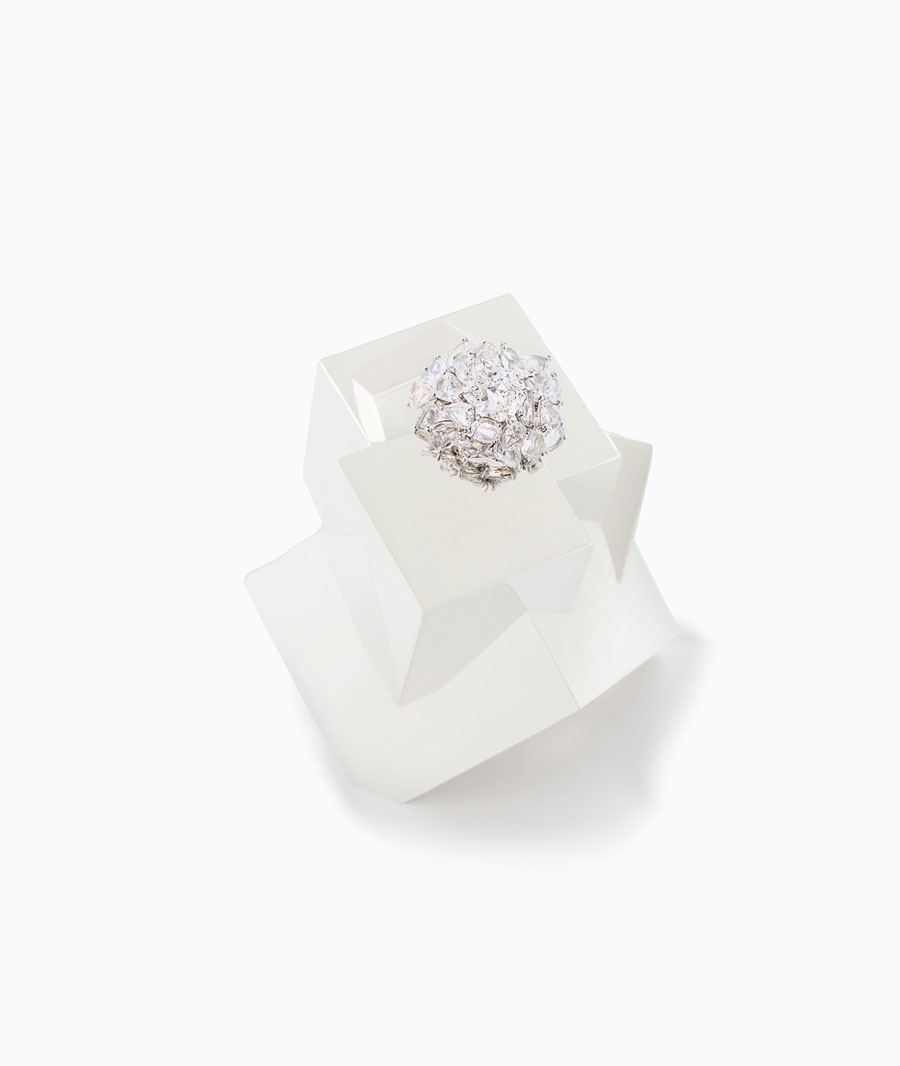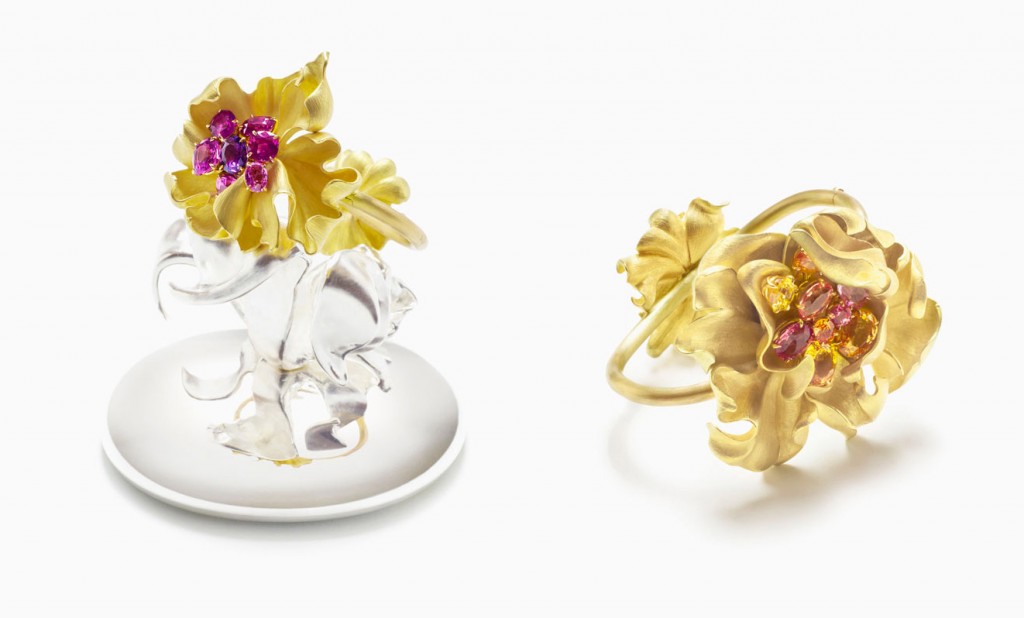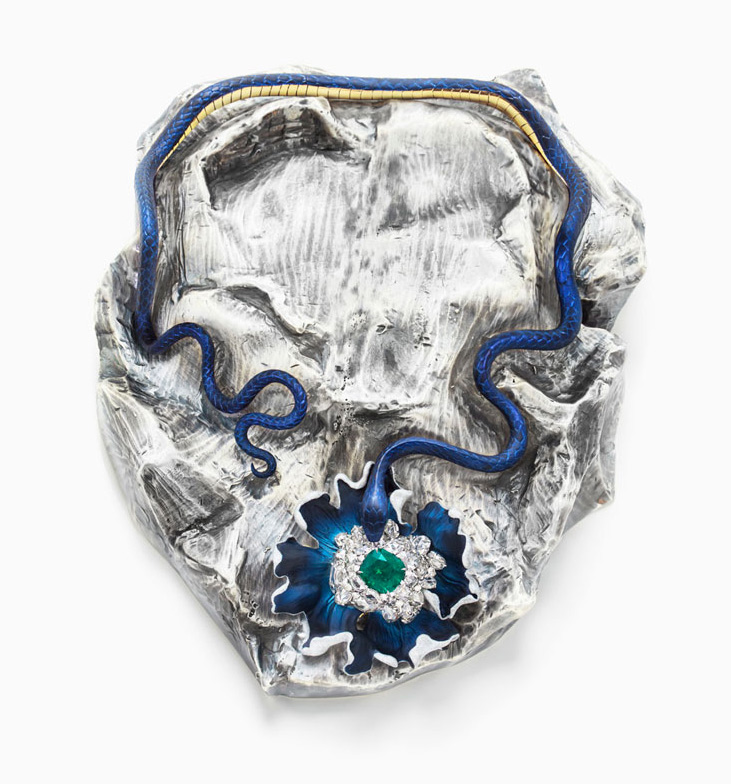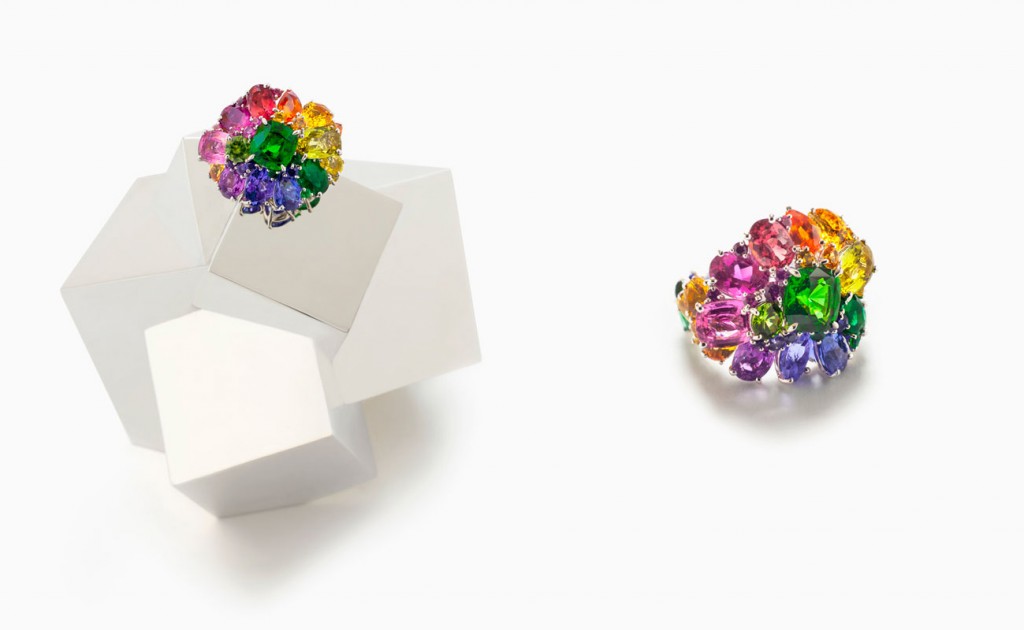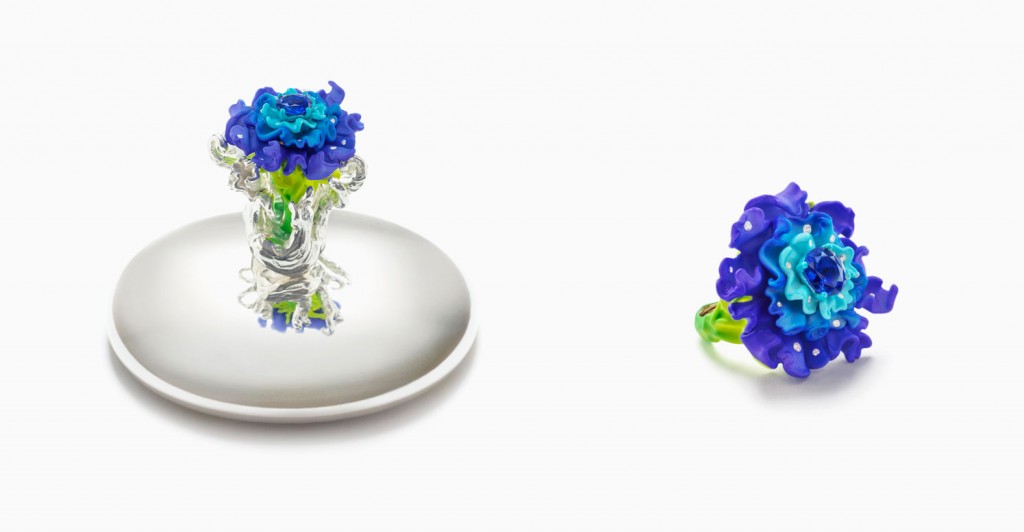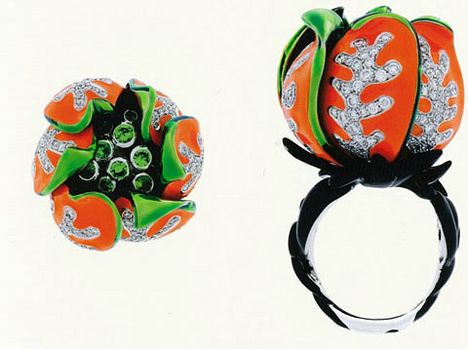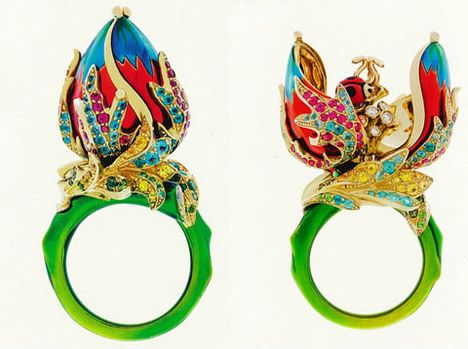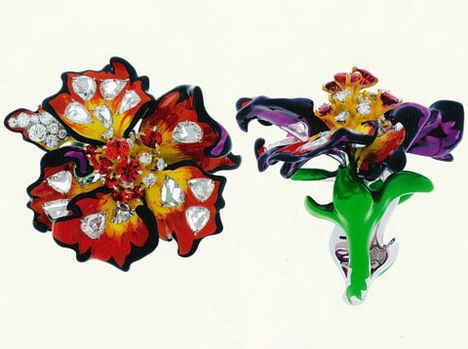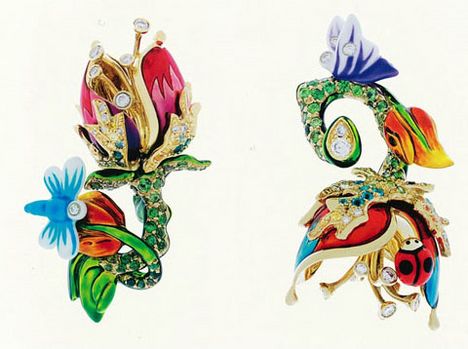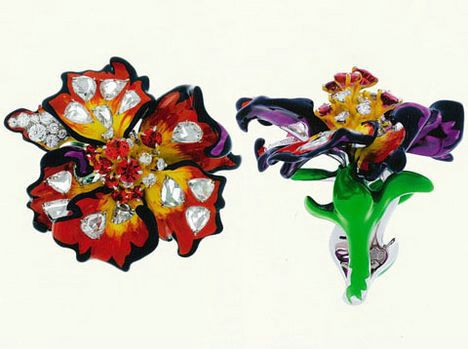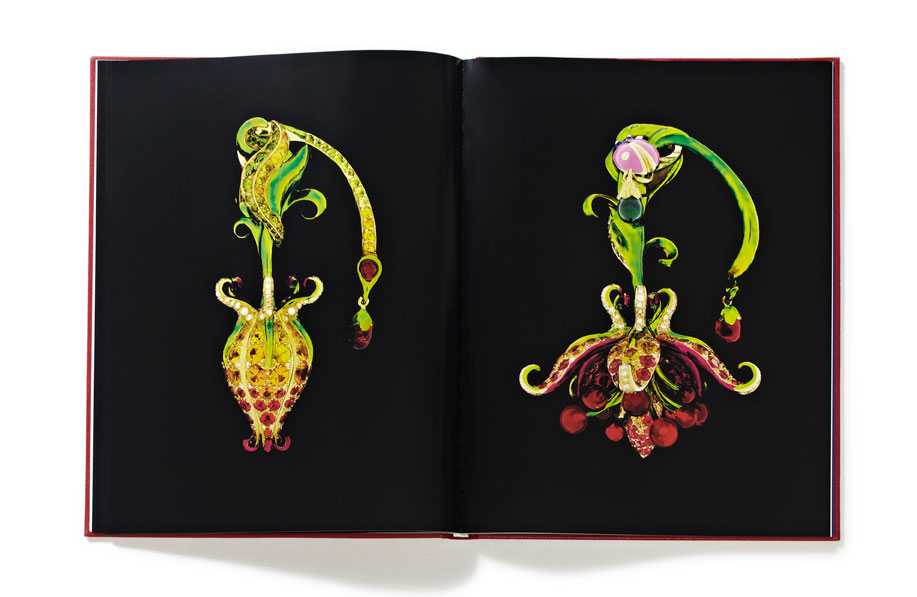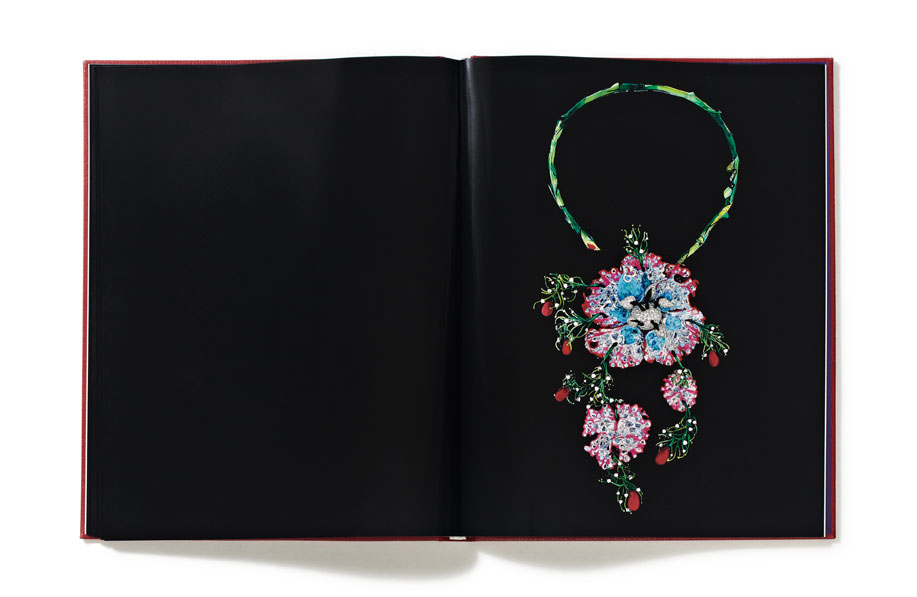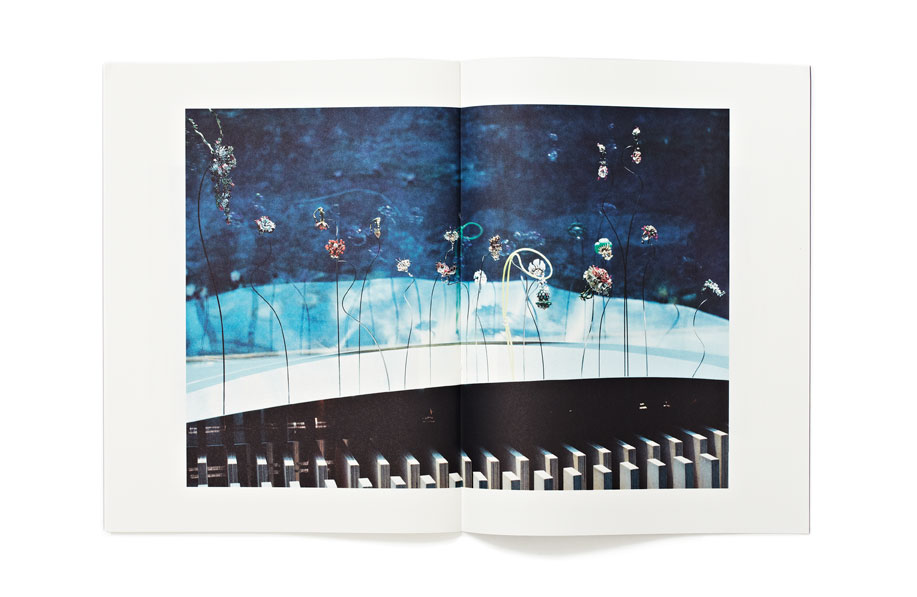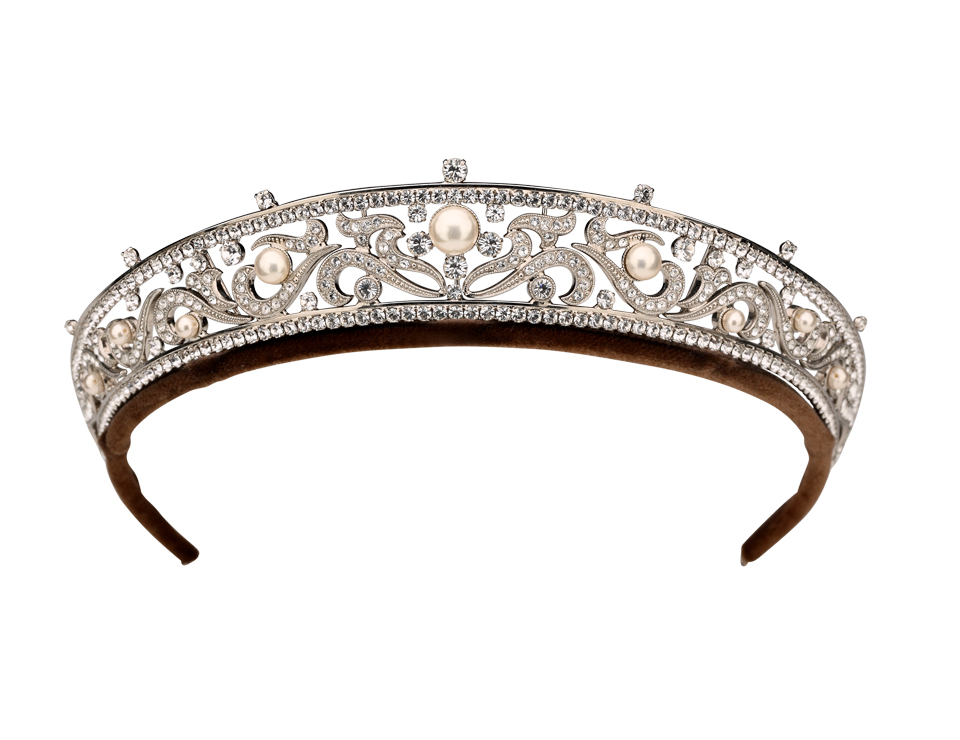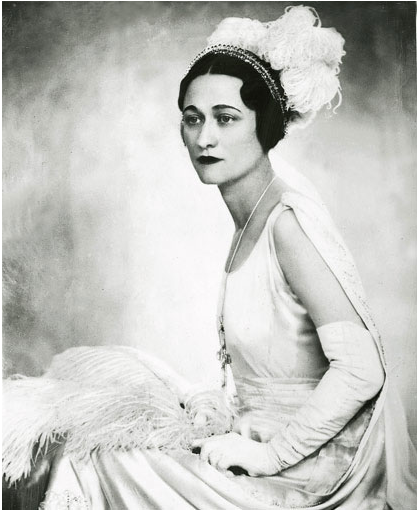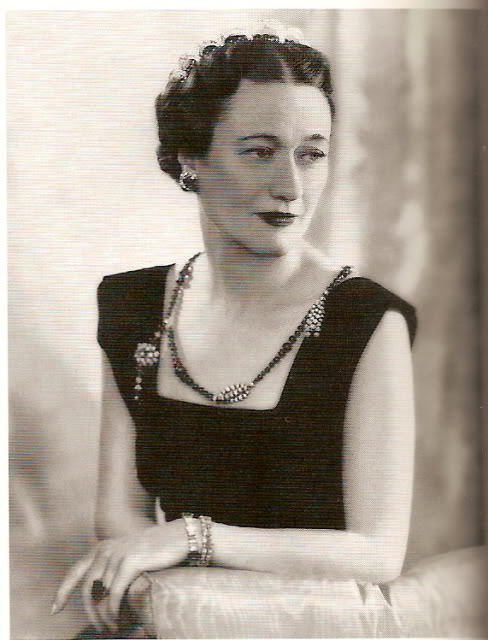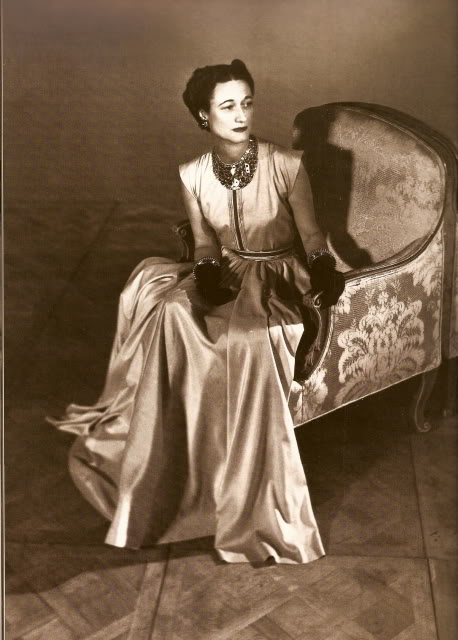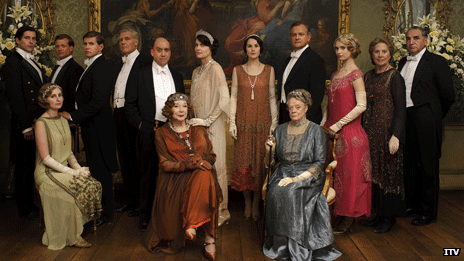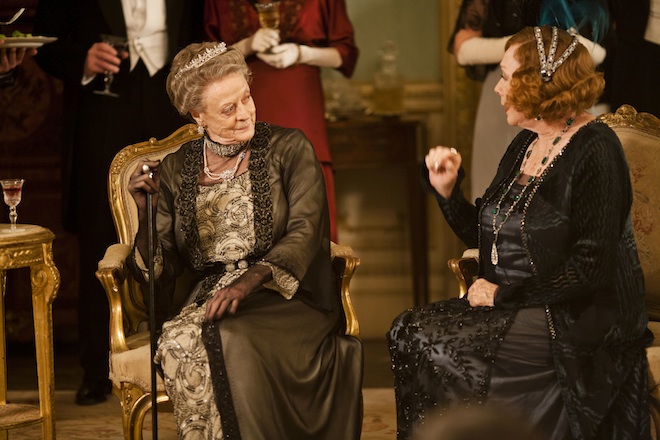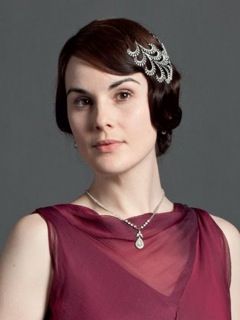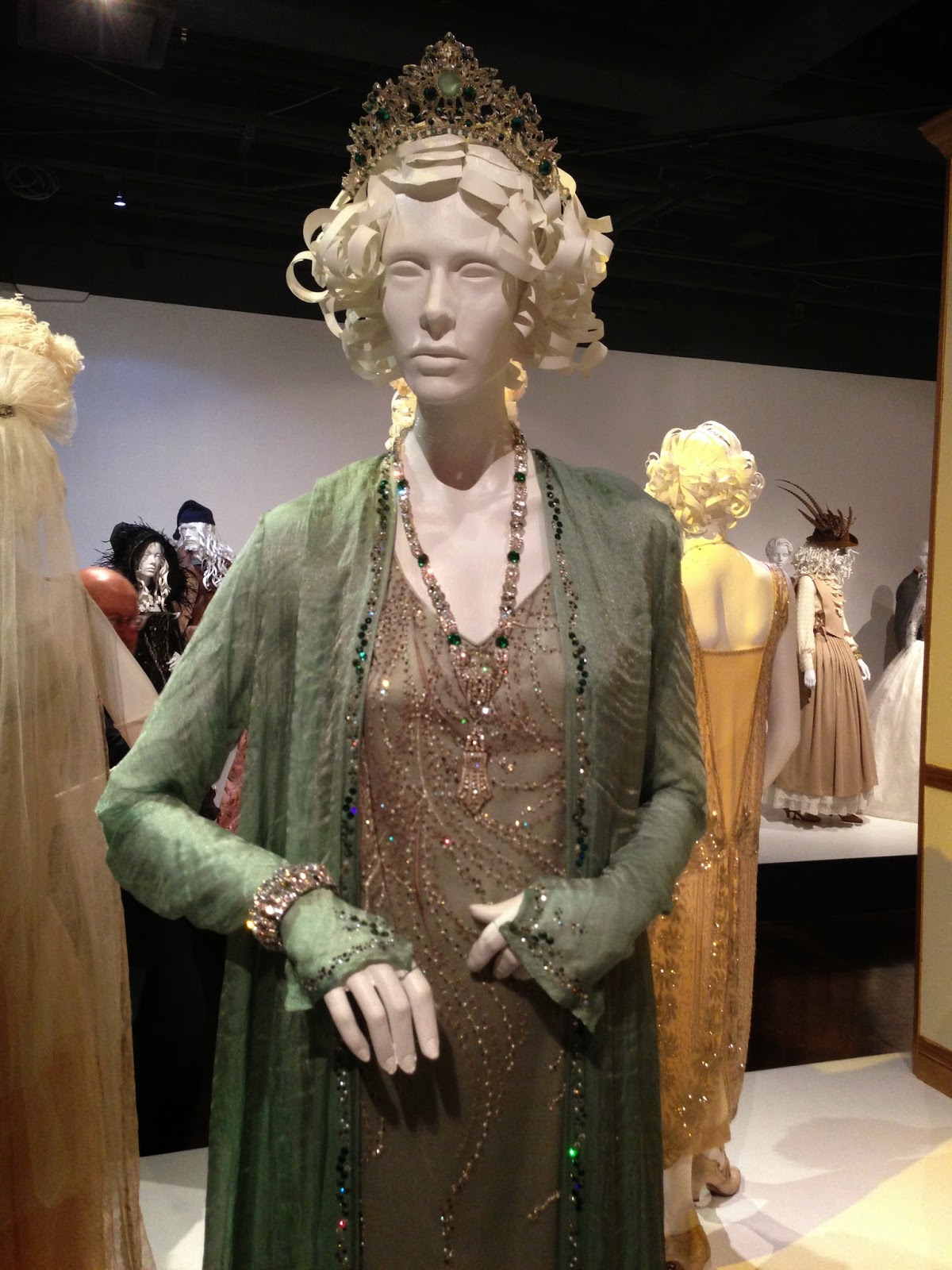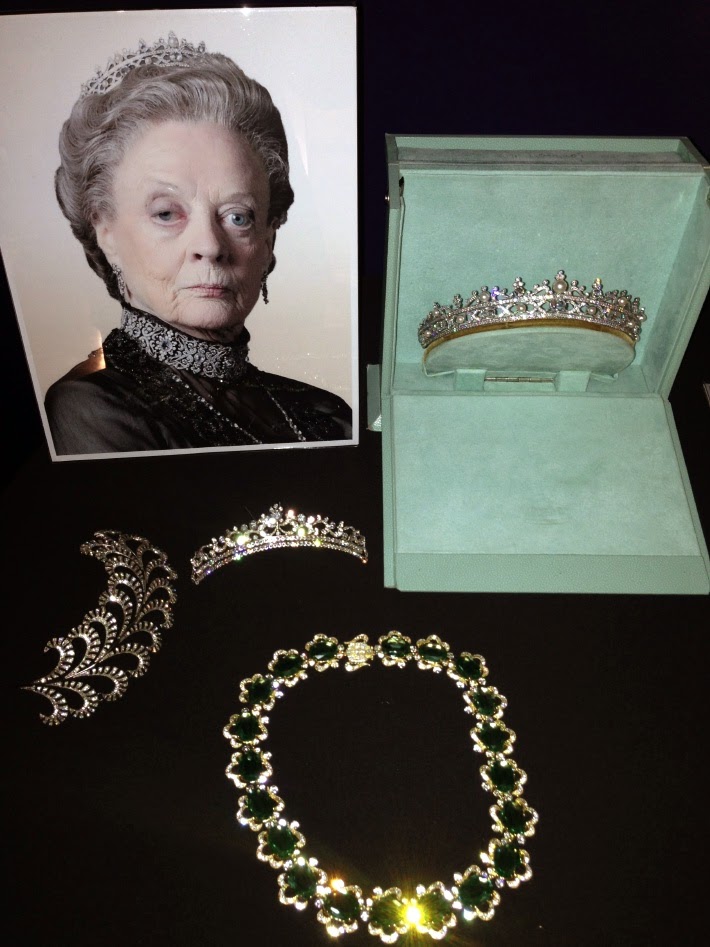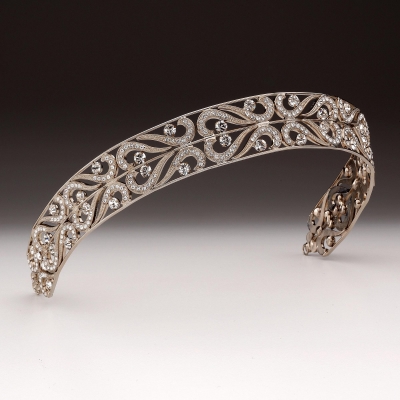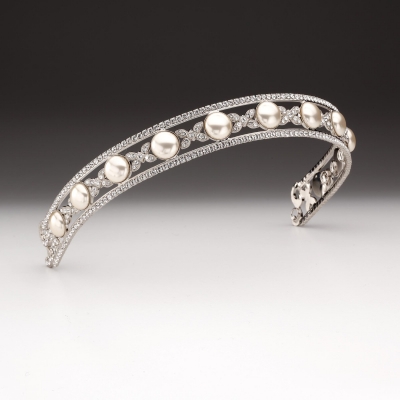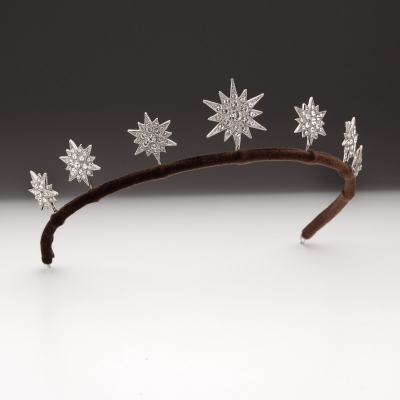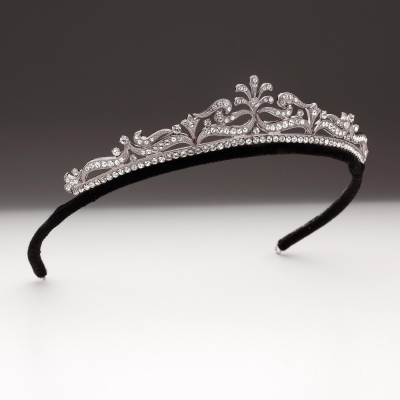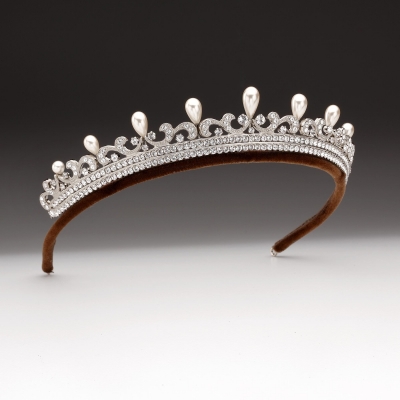Björn Weckström: Lapponia and Princess Leia
/Björn Weckström
Björn Weckström, the designer behind Lapponia, received an interesting phone call in spring 1976. George Lucas's secretary placed the call to inquire about commissioning silver jewelry pieces for a new movie that Lucas currently had in production - the title of the movie was never revealed during the call. Lucas was specifically after jewelry designed by Björn Weckström. The scene for which the jewelry would be needed was going to be filmed in approximately 6 weeks.
George Lucas was not a known name in Finland, and Weckström didn't know him either, but he was intrigued by the project. Space and science fiction themes had been present in his earlier work, so the thought of designing jewelry for a space adventure movie was fascinating.
Weckström started to sketch a necklace suitable for the movie, but his work was soon interrupted when Lucas's secretary contacted him again. There had been a change in the filming sequence of the scenes, and the jewelry would be needed already in a week's time – a week was too short for that. Weckström had to tell the secretary that the situation was impossible.
The conversation then turned to Lapponia's existing collection. The movie was currently being filmed at the Elstree studios near London and several jewelry stores in Europe kept Lapponia's products in stock. As luck would have it there was a Lapponia retailer on Bond Street in London. Weckström gave the address to the secretary who said that the production team would go and look at the collection available.
In the store the production team had found just the right kind of jewelry for the scene and later sent a message to Weckström that stated that Lucas thought the jewelry was fantastic. Weckström was happy for the success, even though he still didn't know in which movie the jewelry would be displayed. There was no communication from the production team after the last message.
Star Wars premiered in Finland as late as on 16th of December 1977. A friend of Björn Weckström's saw one of the first screenings of the movie in Finland, and immediately recognised Weckström's jewelry in the final scene of the movie (the award ceremony). Carrie Fisher (Princess Leia) wears the necklace "Planetoid Valleys" and "Darina's Bracelet" as she presents medals to Luke Skywalker (Mark Hamill) and Han Solo (Harrison Ford).
Soon, Weckström himself went to see the movie. Seeing his own jewelry on a big screen, in an international movie was quite an experience. When designing the Space Silver collection in 1969, Weckström could not have imagined that the pieces would become a part of a cult phenomenon.
Poema, Björn Weckström
The interruption of the design work that was started for the movie later bothered the designer and after seeing the movie, Weckström returned to his original sketches. From these sketches he developed his ideas further. The Poema necklace was based on the original design, and this necklace was manufactured in limited series during the 1990's.
Planetoid Valleys and Darina's Bracelet are still available in Lapponia's collection:
Planetoid Valleys
Darina's Bracelet



